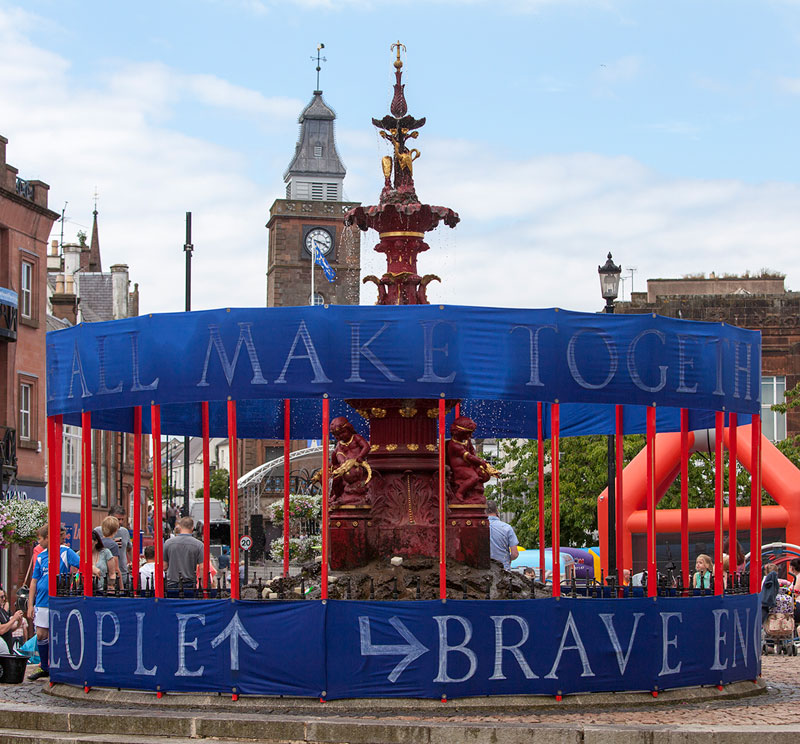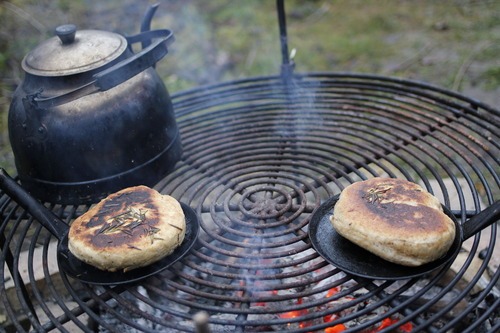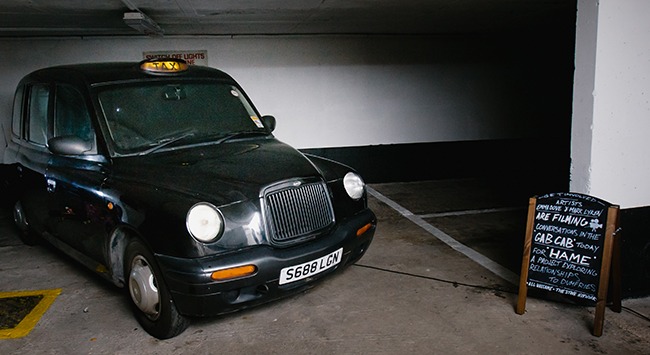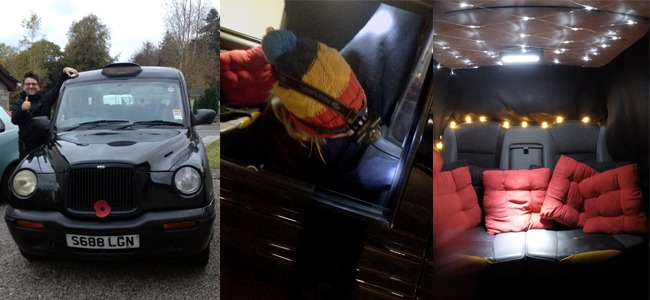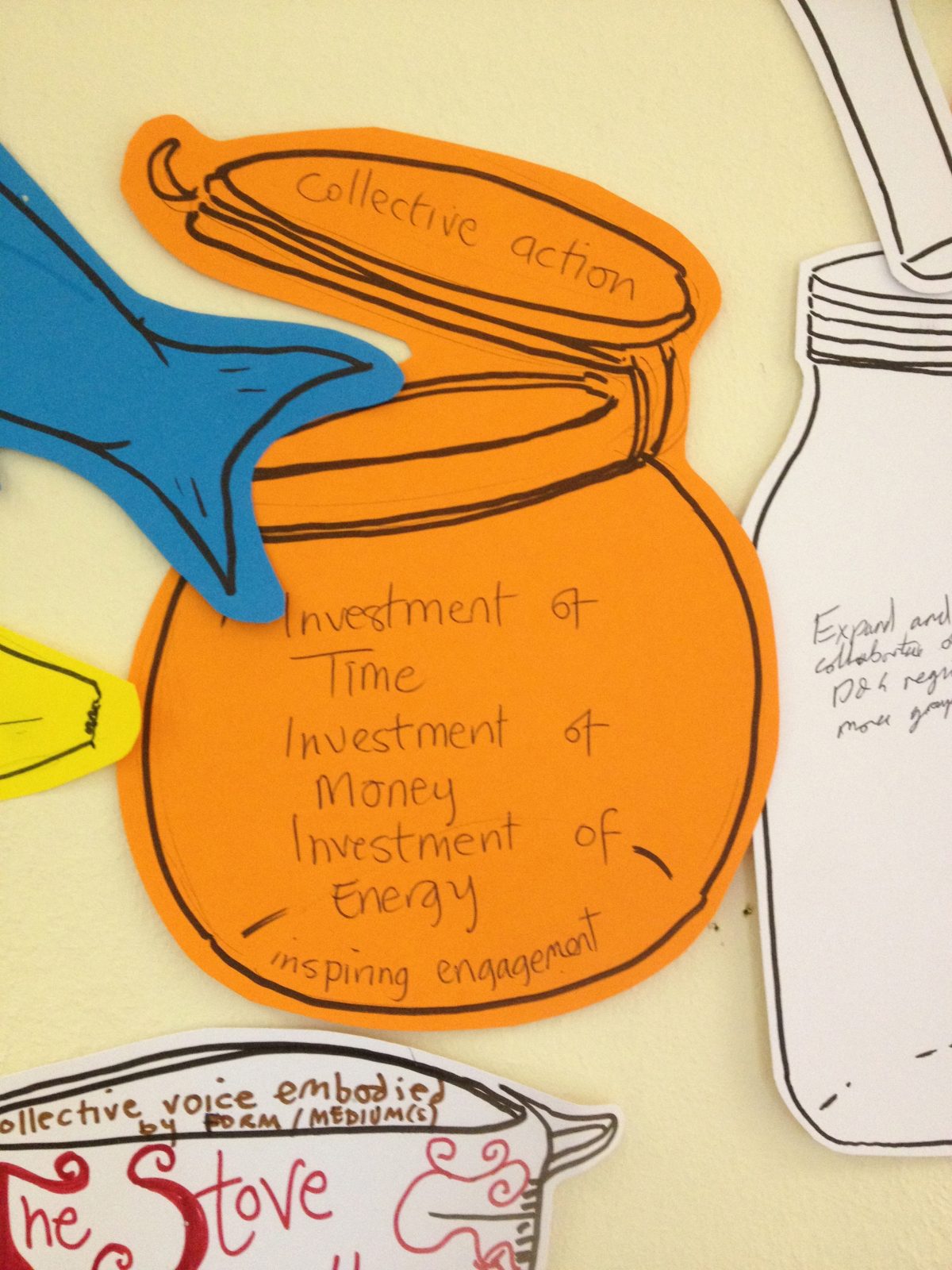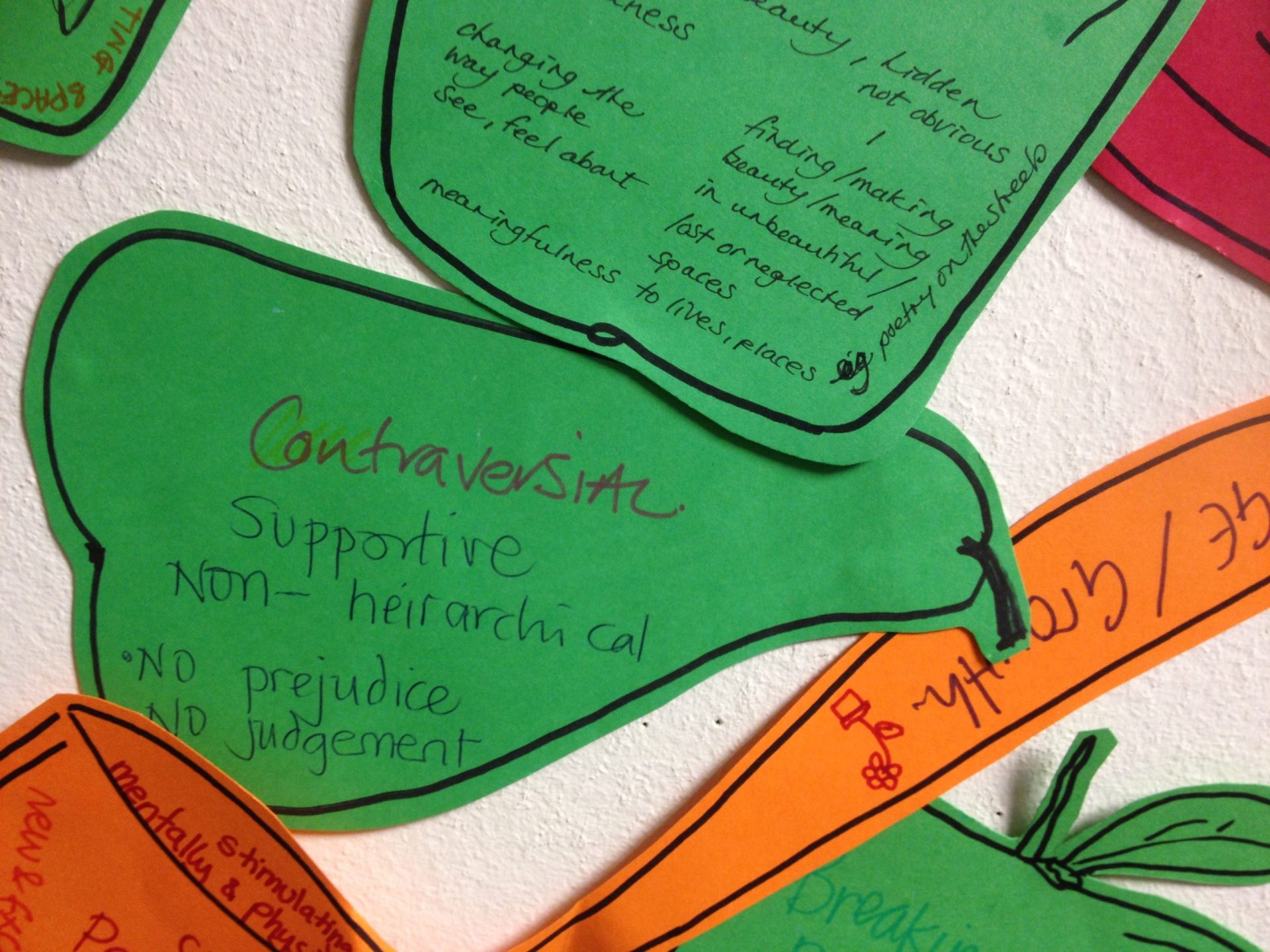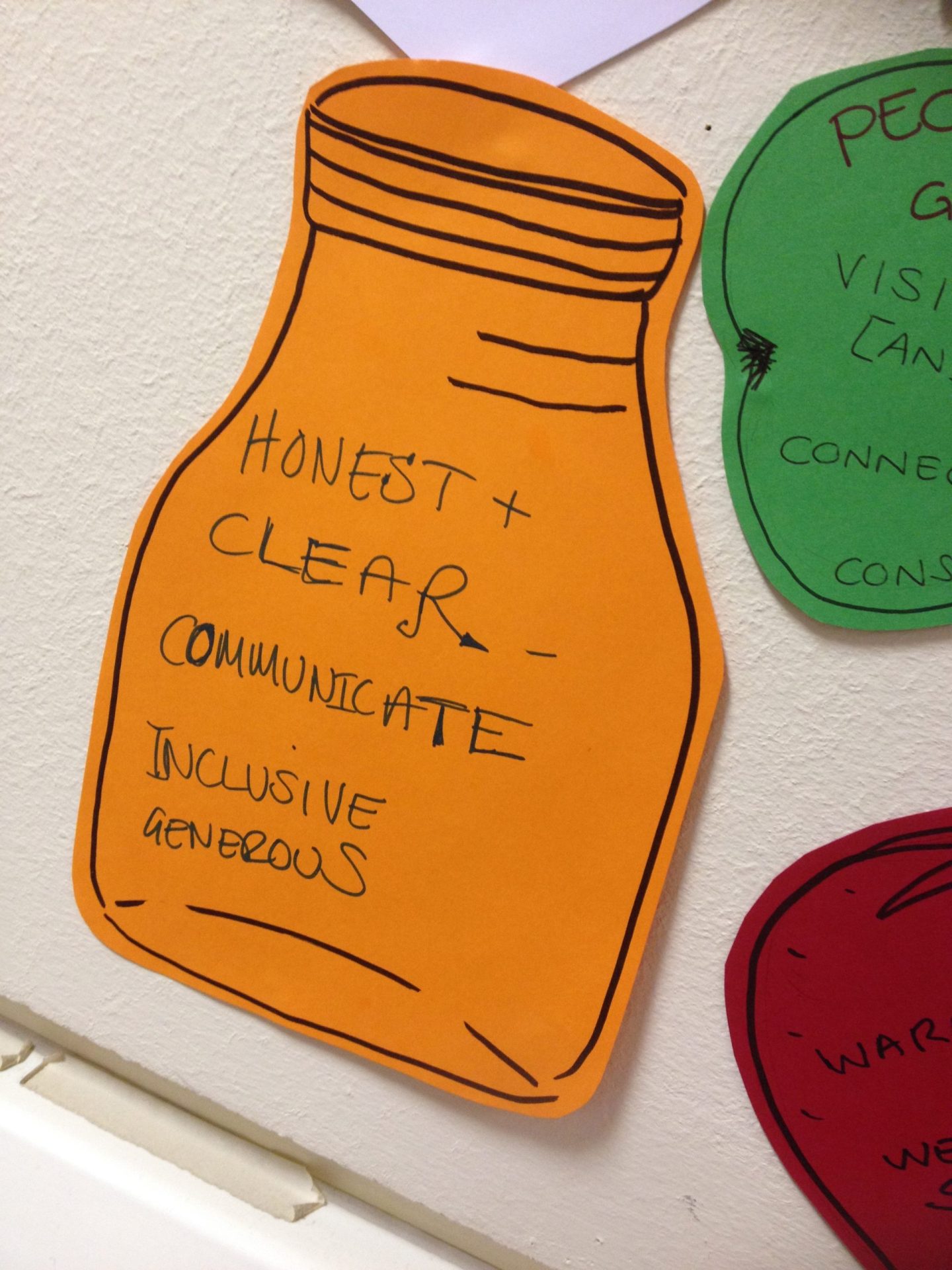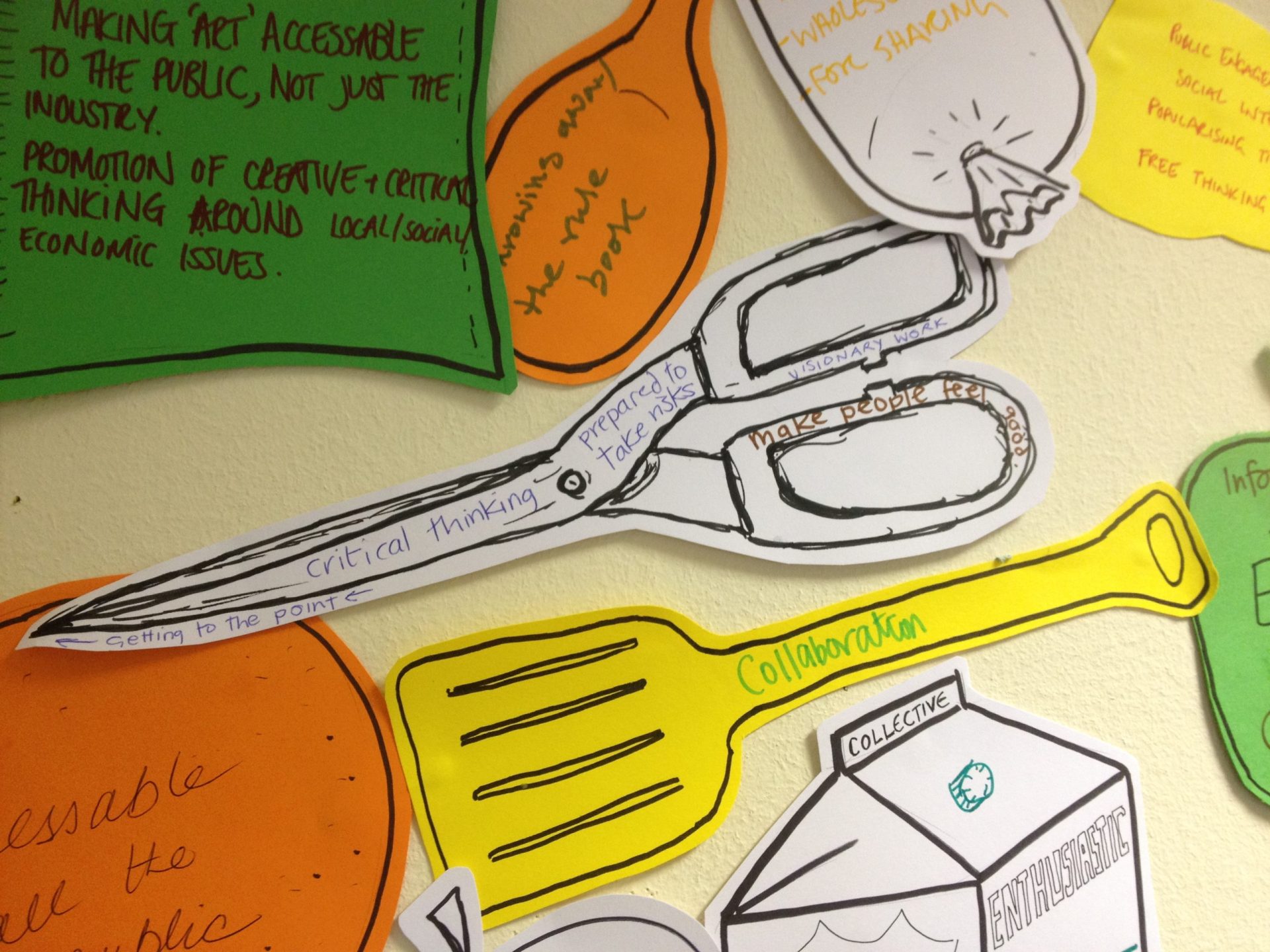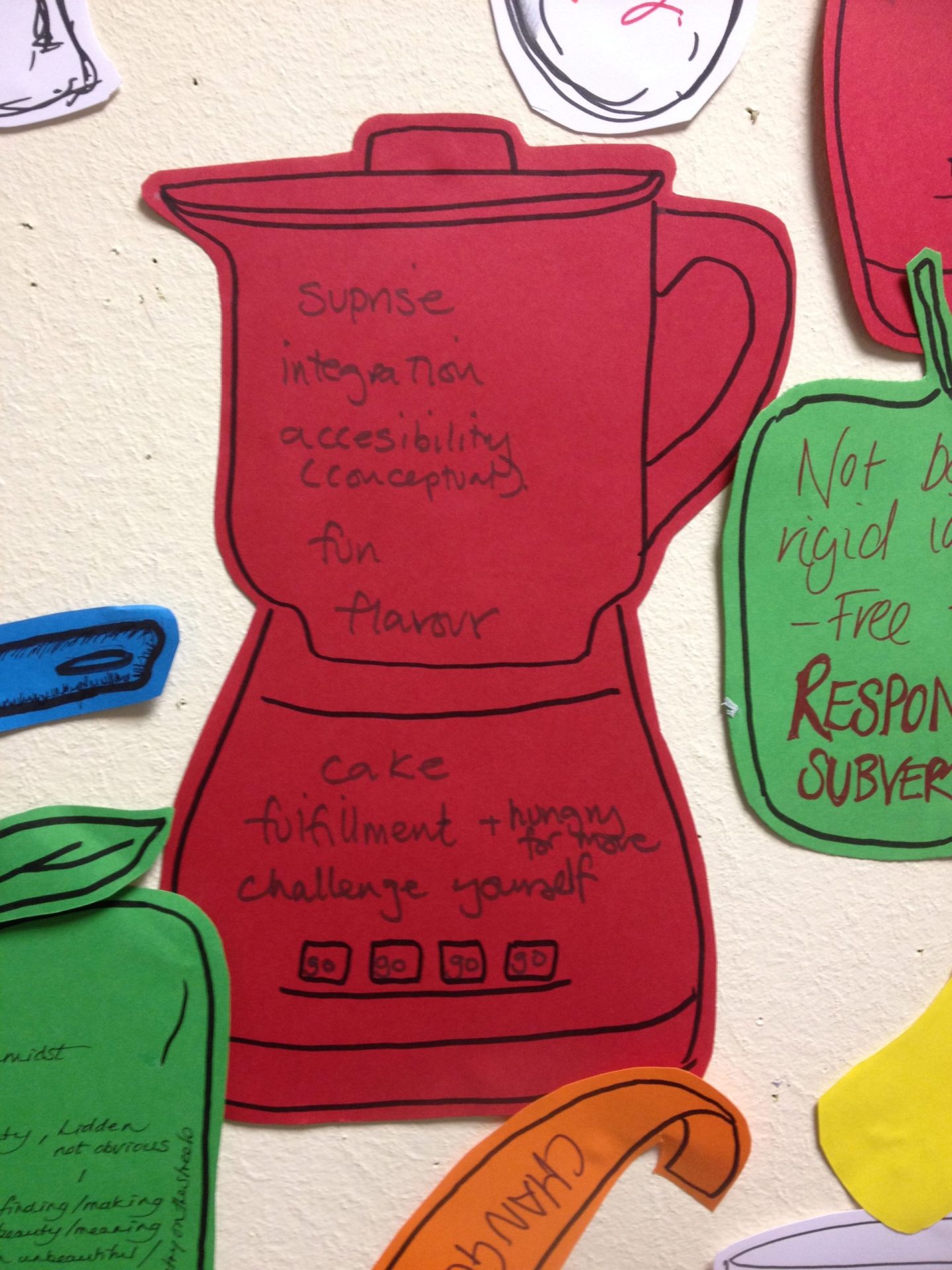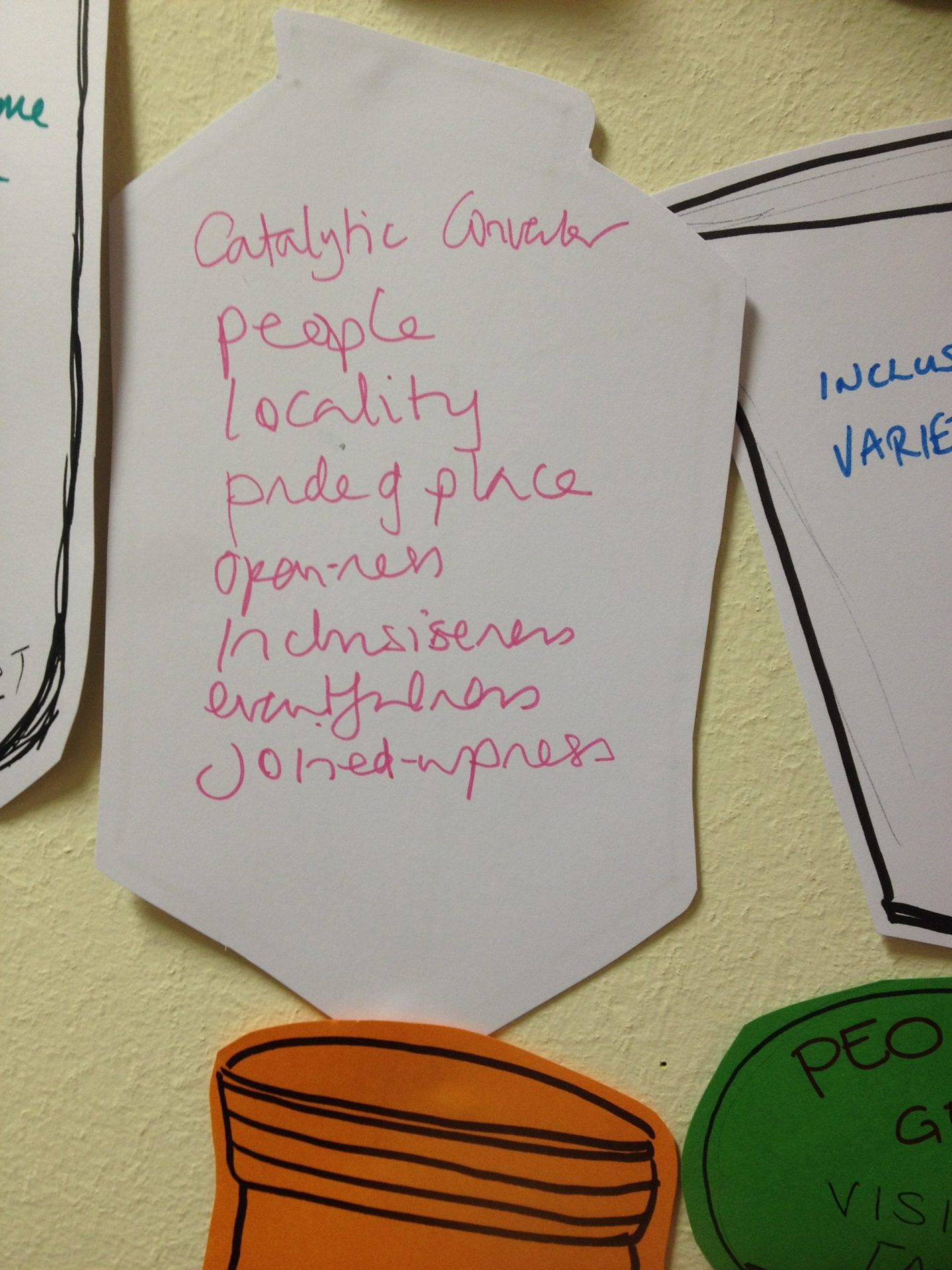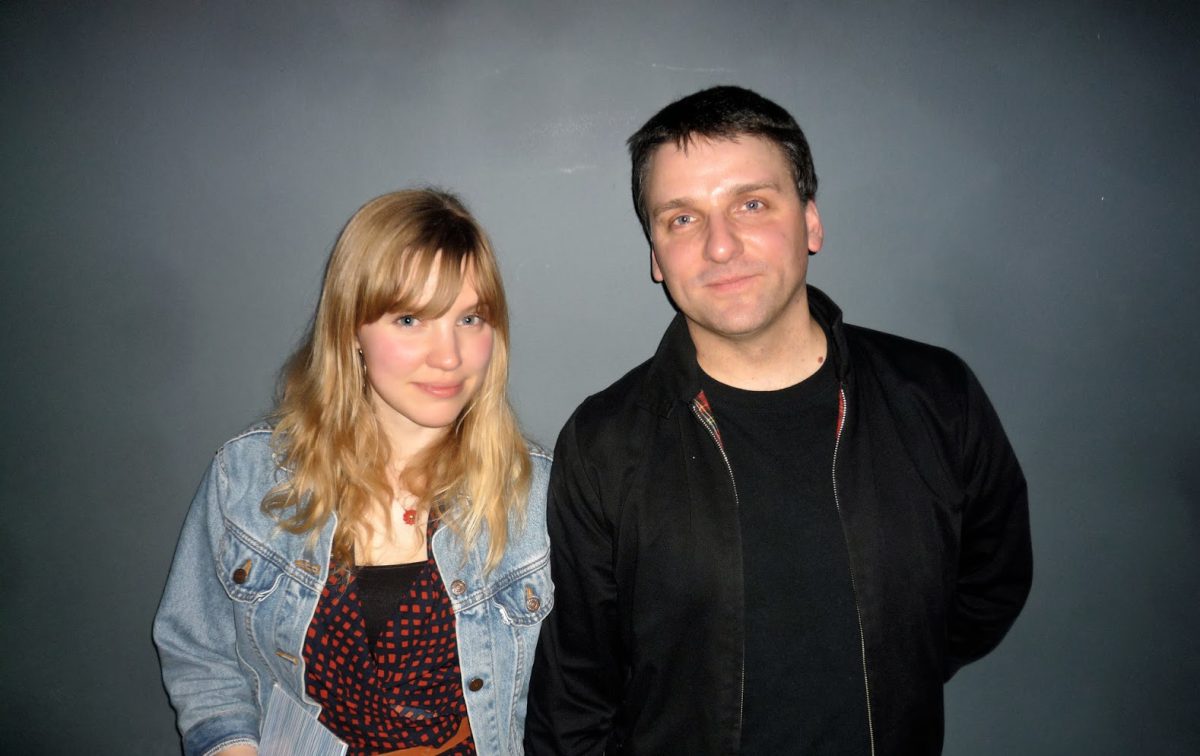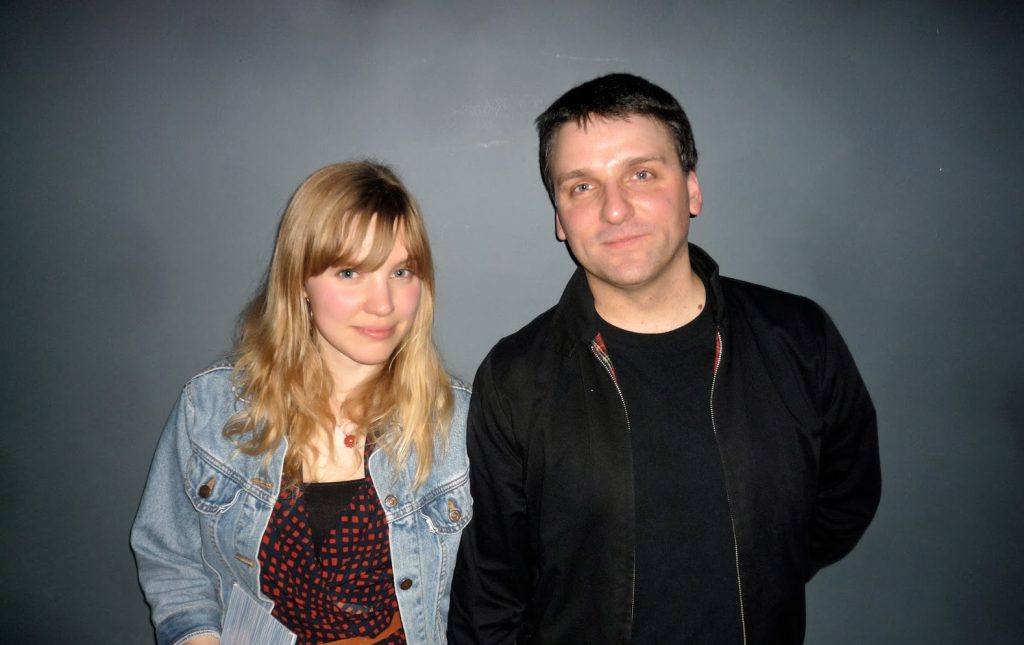From Andrew Gordon
High streets across Britain are fundamentally changing, and Dumfries is no exception. The combined impact of the economic downturn, out-of-town complexes, and online shopping is leading to an increasing number of town centre closures. The effect on Dumfries is unmistakable, from the closure of national chain stores to long-established family-owned businesses, each leaving behind empty husks in what were once regarded as prime locations. With their vacant displays, these unwanted buildings contribute to a worrying sense that the town is in perpetual decline.
However, there have also been signs of new life. The Electric Theatre Workshop has transformed a disused shop into a space for practising and performing theatre, as well as serving as the central hub for the winter festival, Big Burns Supper. Although shops have struggled, cafés and restaurants continue to generate business, prompting several new openings and refurbishments. These changes remind us that high streets have historically been places to “debate and meet”, as retail consultant Mary Portas stated in her 2011 report for the UK Government. It is her opinion that high streets must return to this role as “multifunctional, social spaces” if they are to serve any purpose in the future, with commerce forming just part of their civic service rather than dictating it.
The Stove Network shares this vision—it aims to demonstrate that rethinking the way we use vacant buildings on the high street can have a profound and beneficial impact on the local community. By opening its new accessible public arts space at 100 High Street, it will place creativity and risk-taking at the centre of local efforts to reimagine Dumfries as a contemporary regional capital.
The retail chains that previously occupied these spaces were focused on telling us what we want. The Stove, however, will respond to what we need—a collaborative effort between artists and others in the town to cultivate a place that serves us as citizens rather than consumers. This includes involving the public in the operation of The Stove itself, with the Tuesday Drop-In sessions being one example. These weekly meetings will invite everyone to discuss The Stove’s operation and share their ideas about what it should do more of to contribute towards the regeneration of Dumfries town centre. The Charter14 event, held during last year’s Guid Nychburris festival, asked Doonhamers to put forward their ambitions for the town’s future as part of a new “People’s Charter”, and is another example of The Stove Network’s approach.
By offering ready access to art and the tools of its creation in the very centre of the town, The Stove aims to thoroughly involve the people of Dumfries in bringing about constructive change to the place we call hame, turning an otherwise forlorn relic of times gone by into a symbol of a new future for Dumfries—one conducted on our own terms. “High streets will thrive if we re-imagine them,” Mary Portas suggests, and what better way could there be to inspire new ways of thinking about the high street than through art?
All images are of Charter 14, Guid Nychburris Day Festival, June 2014.
All images: Colin Tennant.



